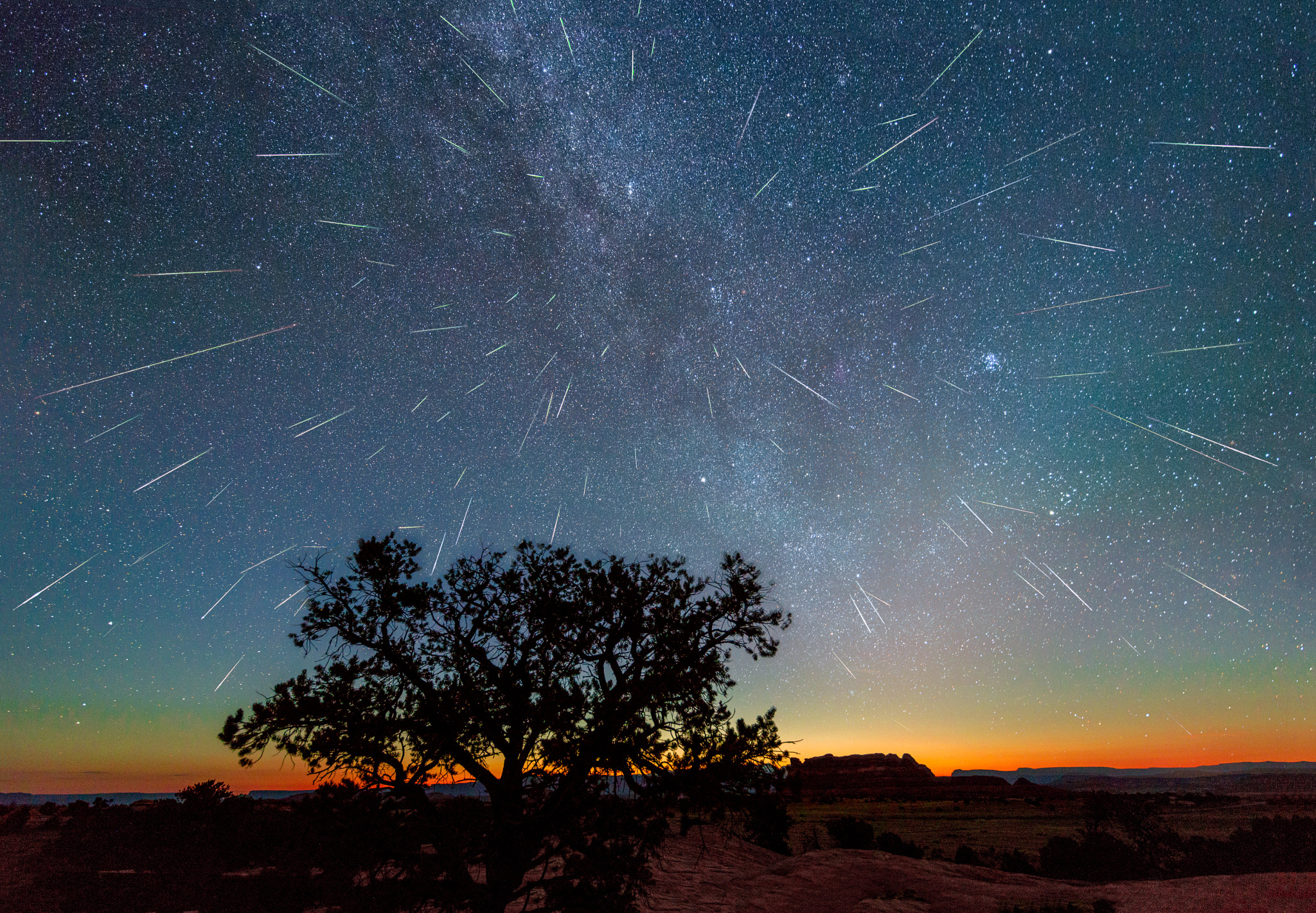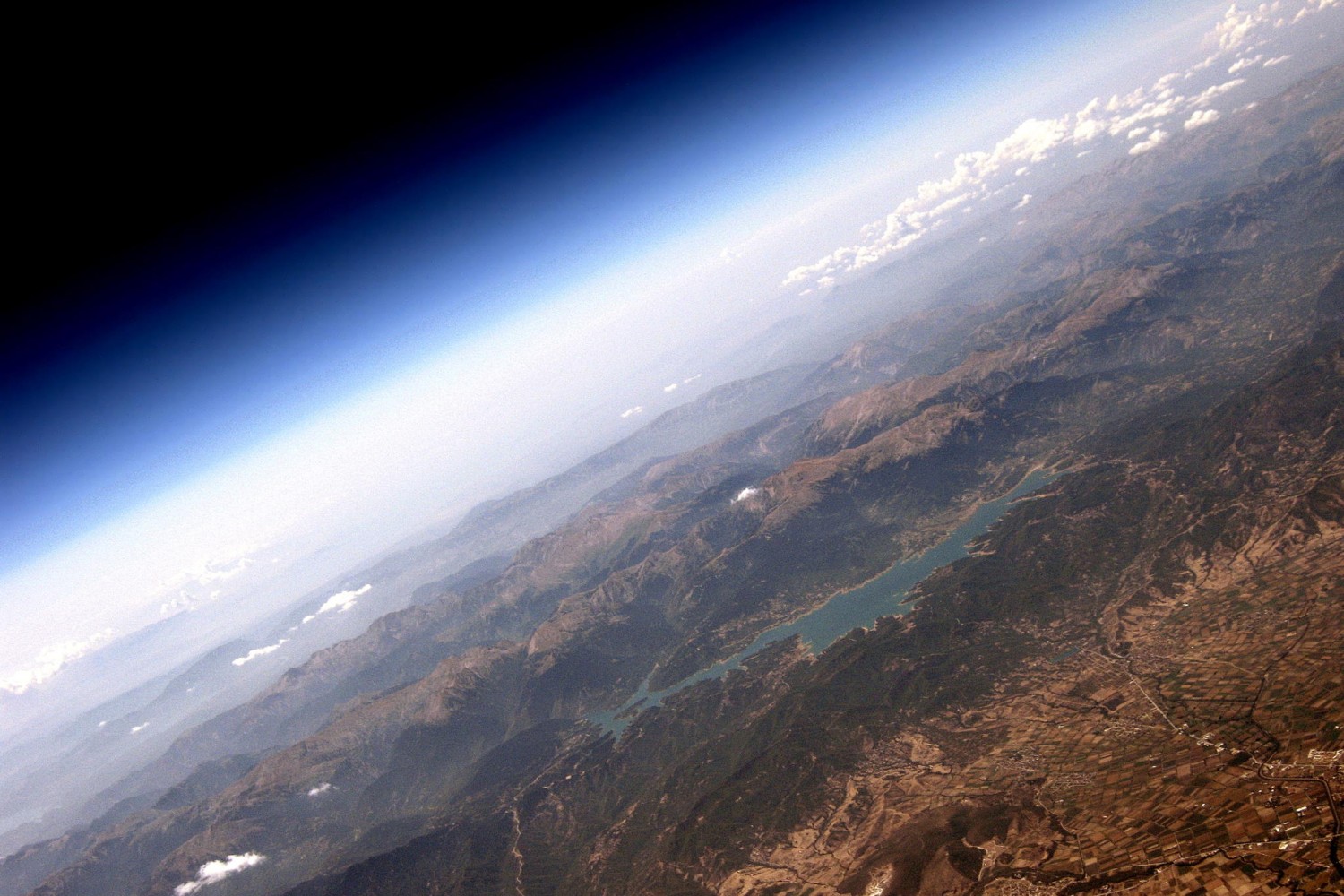The annual Perseids meteor shower is in exceptional form this year thanks to Jupiter’s gravity pushing even more comet debris than usual towards Earth. When the shower peaks this week in the early morning hours of August 11-12. Every August, Earth passes through the dust and debris of the Swift-Tuttle comet, that debris then speeds through Earth’s atmosphere at 140,000 miles per hour, appearing as shooting stars across the sky. According to NASA, that comet debris zone is so wide that Earth actually spends a few weeks inside it. Many people see Perseids in the sky in July, but the best viewing is in August as our planet passes through the center of the debris.
Scientists are expecting a dramatic showing in this year’s celestial spectacle. Bill Cooke of NASA’s Meteoroid Environments Office says that in perfect conditions of a clear sky free of urban light pollution, viewers may be able to see between 100-200 meteors per hour. For a perfect in-person view of the stellar show, take note of these viewing tips, then get your camera and gear together using our guide for photographing a meteor shower.
How to Watch
Set up blankets and chairs in a dark area away from city light pollution. This is a perfect time to get your camping gear together and head out to the great (and dark!) outdoors. Give your eyes about 45 minutes to adjust to the darkness.
Where to Watch
The Perseid meteors are so named because they appear to originate from the Perseus constellation before they race across the sky. Position yourself facing Northeast to see the Perseids as they fall from their Perseus radiant point. While the showers will be visible in the Southern Hemisphere, the greatest concentration will be seen in the Northern Hemisphere.
When to Watch
NASA recommends heading outside between midnight and dawn on the morning of August 12 (technically the evening of August 11) and 13. You’ll likely see shooting stars if you go out earlier than midnight, but those later hours are peak time.
Or, Watch the Livestream
If you know you can’t make it to a dark area free of light pollution during the Perseids peak, NASA will broadcast a live USTREAM feed of the meteor show beginning at 10 p.m. EDT every night between August 11-14.
For some extra motivation to get outside and watch the sky light up with space dust, take a look at some of our favorite shots from previous Perseids events as captured by the 500px community. And don’t forget to review our guide by photographer Thomas O’Brien for capturing meteor showers.



















Leave a reply